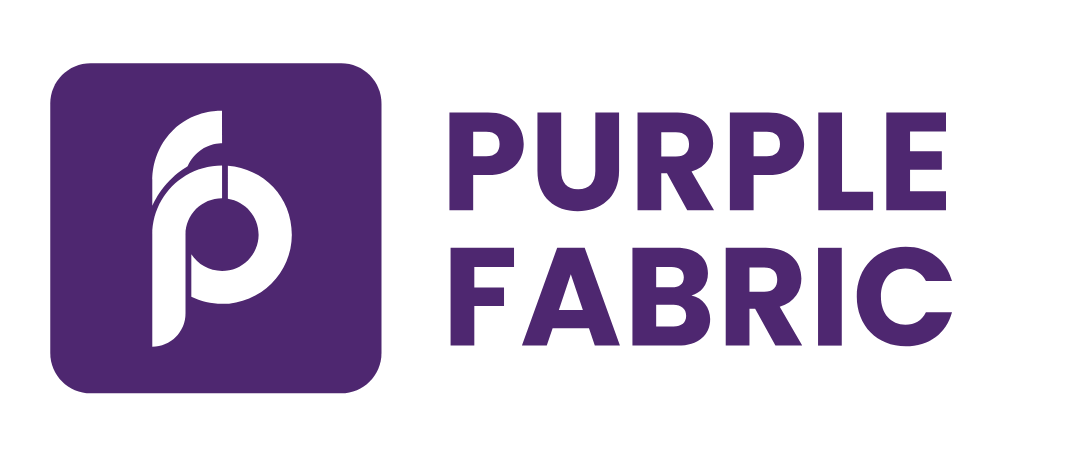#
Add AWS Bedrock Model
To get started with AWS Bedrock APIs, you need to meet the following prerequisites:
AWS Account: You must have an active AWS account. If you do not have one, you can create a new account on the AWS website.
IAM Permissions: Ensure that your AWS Identity and Access Management (IAM) user has the necessary permissions to access AWS Bedrock. You may need permissions for services like Amazon SageMaker and other related services.
AWS SDK or CLI: Familiarity with the AWS SDK (e.g., Boto3 for Python) or the AWS Command Line Interface (CLI) to interact with the Bedrock APIs.
Region Availability: Check that AWS Bedrock is available in your desired AWS region. As of the latest updates, Bedrock may not be available in all regions.
Understanding of APIs: Basic knowledge of how to make API calls and handle responses, as well as familiarity with RESTful APIs.
For more detailed information, you can refer to the official AWS documentation on Bedrock: Getting Started with AWS Bedrock.
If all prerequisites are met, you can proceed to configure. You need to fill out the following details to add a model by AWS Bedrock -
LLMs / Embeddings
Select the type of model you want to configure.
LLMs: Large Language Models used for tasks within the Expert Agent Studio
Embeddings: Models that convert text into vector representations for embedding the documents in the Knowledge hub.
Model ID
This dropdown lists the available model identifiers supported by Purple fabric from AWS Bedrock (e.g., anthropic.claude-v2, amazon.titan-tg1-large). It helps the system route requests correctly to the chosen foundation model on Bedrock.
Display Name
A user-friendly name that will appear in the Model Hub or selection dropdowns (e.g., “Claude 2 - Bedrock”). This name is for display purposes only and does not affect runtime behavior.
Region
The AWS region where the Bedrock model is deployed (e.g., us-east-1). This ensures requests are directed to the correct Bedrock endpoint for model inference.
Access Key
The AWS access key associated with the IAM user or role that has permissions to invoke Bedrock APIs. This is required for authenticating API requests to AWS.
Secret Key
The secret key corresponding to the provided access key. Together with the access key, this enables secure access to the Bedrock service.
Deployment Type
A dropdown to specify how the model is deployed and consumed
On-Demand - This deployment offers a pay‑per‑call model where you only pay for the requests you make. It’s ideal for low to medium volume, bursty workloads. While it offers flexibility and no infrastructure reservation, latency may vary under heavy load.
Provisioned - Provisioned deployments use reserved compute capacity called Provisioned Throughput Units (PTUs). You select a consistent capacity level upfront, which delivers predictable performance and lower latency for high-throughput use cases. This is suitable for workloads that require stable, large-scale inference.
Batch - Batch deployments are optimized for asynchronous, high-volume processing. You submit large input files and receive results once processing completes, typically within 24 hours. This comes at a lower cost than real-time deployments but doesn’t support immediate response. Useful for document summarization, dataset processing, or bulk classification.
Custom Model Import- This option supports deploying custom or open-source models using dedicated infrastructure.
